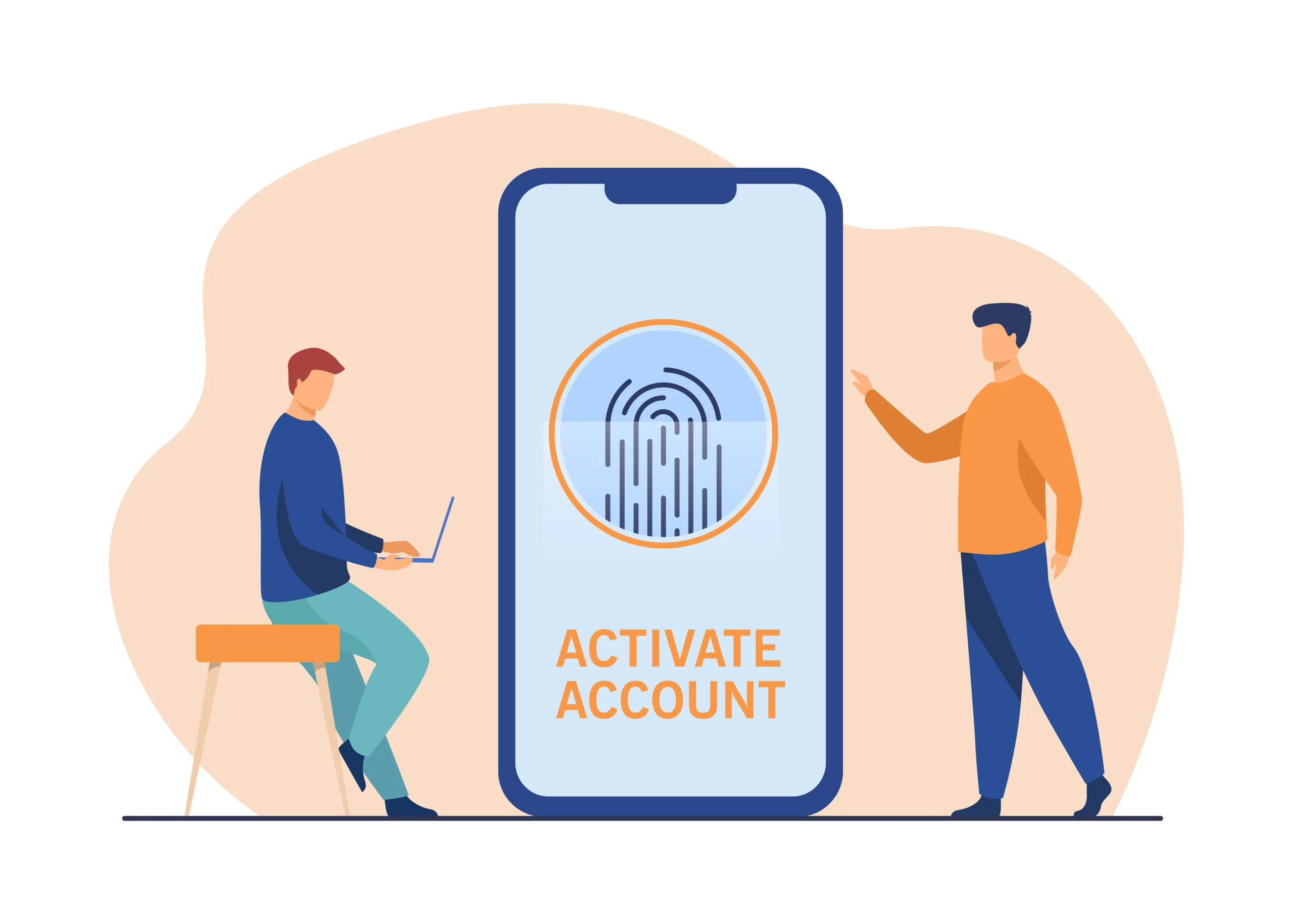In the digital age, financial transactions are part of everyday life. Whether you are paying for groceries, transferring money to a friend, or making a business deal, knowing how to check your transactions is essential. This guide will take you through the steps to ensure you can monitor your financial activities effectively.
Understanding Transactions
Transactions refer to the exchange of goods, services, or funds between two or more parties. In a financial context, a transaction typically involves the transfer of money from one account to another. These transactions can occur in various forms, such as cash payments, credit card purchases, bank transfers, and online payments.
Why It’s Important to Check Transactions
Regularly checking your transactions is crucial for several reasons:
- Fraud Detection: Identifying unauthorized transactions can help prevent financial loss.
- Budget Management: Keeping track of your spending helps you manage your finances better.
- Error Identification: Mistakes happen, and reviewing transactions allows you to spot and rectify errors.
- Record Keeping: It aids in maintaining accurate financial records for personal or business use.
Methods to Check Transactions
Bank Statements
One of the most traditional methods to check transactions is through bank statements. These are provided by your bank and can be accessed in several ways:
Physical Statements
Banks typically mail physical statements monthly. These documents detail all the transactions that occurred within a specific period. To review:
- Receive Statement: Collect your mailed bank statement.
- Review Transactions: Go through each transaction listed to ensure they match your records.
- Report Discrepancies: If you find any discrepancies, contact your bank immediately.
Online Statements
Most banks offer online banking services where you can view your statements digitally. Here’s how:
- Log In to Online Banking: Access your bank’s website or mobile app and log in.
- Navigate to Statements: Find the section for bank statements or transaction history.
- Review Transactions: Check each transaction for accuracy.
- Download Statements: For record-keeping, download and save digital copies.
Mobile Banking Apps
Mobile banking apps provide a convenient way to check your transactions on the go. These apps are designed to offer a user-friendly experience, making it easy to monitor your financial activities. To use:
- Download the App: Install your bank’s mobile app from the App Store or Google Play.
- Log In: Enter your credentials to access your account.
- View Transactions: Navigate to the transaction history or account activity section.
- Monitor Alerts: Enable push notifications for real-time transaction alerts.
ATM Receipts
ATMs are not just for withdrawing cash; they also provide transaction details. You can:
- Insert Card: Use your debit or credit card at an ATM.
- Select Transaction History: Choose the option to view recent transactions.
- Print Receipt: Print a receipt for a hard copy of your transaction history.
Credit Card Statements
If you frequently use credit cards, reviewing your credit card statements is essential. The process is similar to checking bank statements, with options for both physical and online statements.
Online Payment Platforms
With the rise of digital wallets and online payment platforms like PayPal, Venmo, and others, it’s vital to check transactions through these services. Steps include:
- Log In to the Platform: Access your account on the respective platform.
- Navigate to Activity: Find the section that details your transaction history.
- Review Transactions: Ensure all transactions are correct and authorized.
- Set Up Alerts: Enable email or SMS alerts for transaction notifications.
Budgeting Apps
Budgeting apps like Mint, YNAB (You Need A Budget), and others can sync with your bank accounts and credit cards to track your transactions automatically. To use these apps:
- Download the App: Install your preferred budgeting app.
- Sync Accounts: Link your bank accounts and credit cards to the app.
- Monitor Transactions: Regularly check the app to review your spending.
- Set Alerts: Set up notifications for significant or unusual transactions.
Ensuring Accuracy and Security
While checking transactions, it is important to ensure both accuracy and security. Here are some tips:
Accuracy Tips
- Cross-Check Receipts: Compare your receipts with the transactions listed in your statement.
- Keep Records: Maintain a record of all your transactions, either digitally or physically.
- Review Regularly: Make it a habit to review your transactions regularly, not just monthly.
Security Tips
- Secure Access: Ensure your online banking credentials are secure and not shared with anyone.
- Use Two-Factor Authentication: Enable two-factor authentication for an added layer of security.
- Monitor Alerts: Set up transaction alerts to get immediate notifications of any activity.
- Be Aware of Phishing: Be cautious of phishing attempts that could compromise your financial information.
Dealing with Discrepancies
If you notice any discrepancies in your transactions, it is essential to act quickly:
- Contact Your Bank: Report the issue to your bank or financial institution immediately.
- Dispute Unauthorized Transactions: If the transaction is unauthorized, file a dispute with your bank.
- Monitor Accounts: Keep a close watch on your accounts for any further suspicious activity.
- Update Security: Change your passwords and enable additional security measures.
Conclusion
Checking your transactions is a fundamental aspect of financial management. By regularly reviewing your bank statements, using mobile banking apps, leveraging online payment platforms, and utilizing budgeting apps, you can keep track of your financial activities efficiently. Ensuring the accuracy and security of your transactions helps you detect fraud, manage your budget, and maintain accurate records. By following the steps outlined in this guide, you can confidently monitor your transactions and safeguard your financial well-being.
By staying vigilant and proactive, you can enjoy peace of mind knowing that your financial activities are under control and secure.


